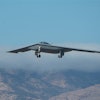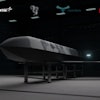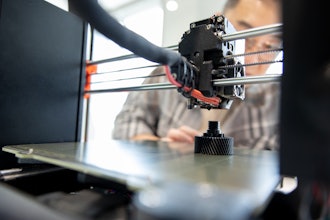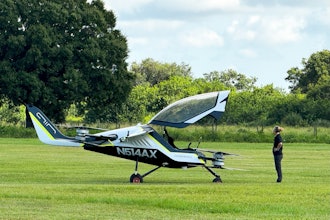Federal investigators have finished most of their work at the site of the Alaska plane crash that killed former U.S. Sen. Ted Stevens and four others, and will now shift to interviewing survivors and hoisting the wreckage from a steep mountainside.
National Transportation Safety Board Chairwoman Deborah Hersman said the focus now turns to: interviews; tightening the timeline for details on departure, recognition the plane was missing and search and rescue activities; and bringing the wrecked plane off the hillside and to a hangar for further inspection.
There remain a lot of unanswered questions with investigators receiving conflicting information as to when the float plane left a corporate-owned lodge for a fishing camp and when the wreckage was discovered.
Hersman said some of that may be due to people's memories and to the "fog of an accident." Investigators hoped that interviews with those involved — including with the four survivors — would help fill in the blanks. They also requested tapes from the Federal Aviation Administration to help nail down the search and discovery time, and they were looking to see if there were any weather cameras or pilots who were flying in the area to help shed light on conditions.
Had the plane taken the most direct route from the lodge to the camp, the flight would have lasted about 15 minutes, Hersman said. It's still not clear, though, whether that was the route taken. Departure times gleaned so far by investigators have differed by about an hour, as has the timing of the wreckage discovery.
No emergency beacon went off, Hersman said, adding that investigators were looking at whether the plane had been equipped with that technology.
So far, she estimated interviews had been conducted with 10 to 15 people, but that number didn't include those who could provide especially critical information — the four survivors. Interviews also had not been done with those at the fish camp or with everyone who was at the lodge, Hersman said. Investigators also are still trying to speak with officials from General Communications Inc., the phone and Internet company that owned the lodge and to which the plane was registered, she said.
Authorities had tried to speak with survivors Wednesday but they weren't ready, she said. Investigators planned to try again Thursday.
On Thursday, an Anchorage hospital listed the condition of the two of the survivors, Kevin O'Keefe and Jim Morhard, as fair, and William "Willy" Phillips Jr., whose father was killed, as good. Former NASA chief Sean O'Keefe, Kevin O'Keefe's father, remained in critical condition.
Hersman said there had been upgrades to the 1957 model plane and investigators reported finding a "nicely equipped" cockpit, though the extent of those upgrades wasn't immediately clear.
Authorities said the plane lacked a technology that Stevens had championed to improve air safety in Alaska which is intended to allow pilots to see cockpit displays, concise weather information and location of other aircraft in the area.
It was unlikely investigators from the NTSB team out of Washington would return to the site of Monday's crash, which occurred in rugged, mountainous terrain about 20 miles north of Dillingham, but the work is far from done, Hersman said. Plans also call for using a heavy-lift helicopter to take the wreckage to a hangar in Dillingham for further inspection.


















